
With the integration of cutting-edge technologies and computerized systems, digital dentistry offers patients a more efficient, accurate, and comfortable dental experience.
In recent years, the field of dentistry has witnessed remarkable advancements due to technological innovations. One such advancement that has revolutionized dental practices is digital dentistry. With the integration of cutting-edge technologies and computerized systems, digital dentistry offers patients a more efficient, accurate, and comfortable dental experience.
This guide aims to educate patients about digital dentistry, shedding light on its various aspects, benefits, and how it enhances the overall dental care journey.
Introduction
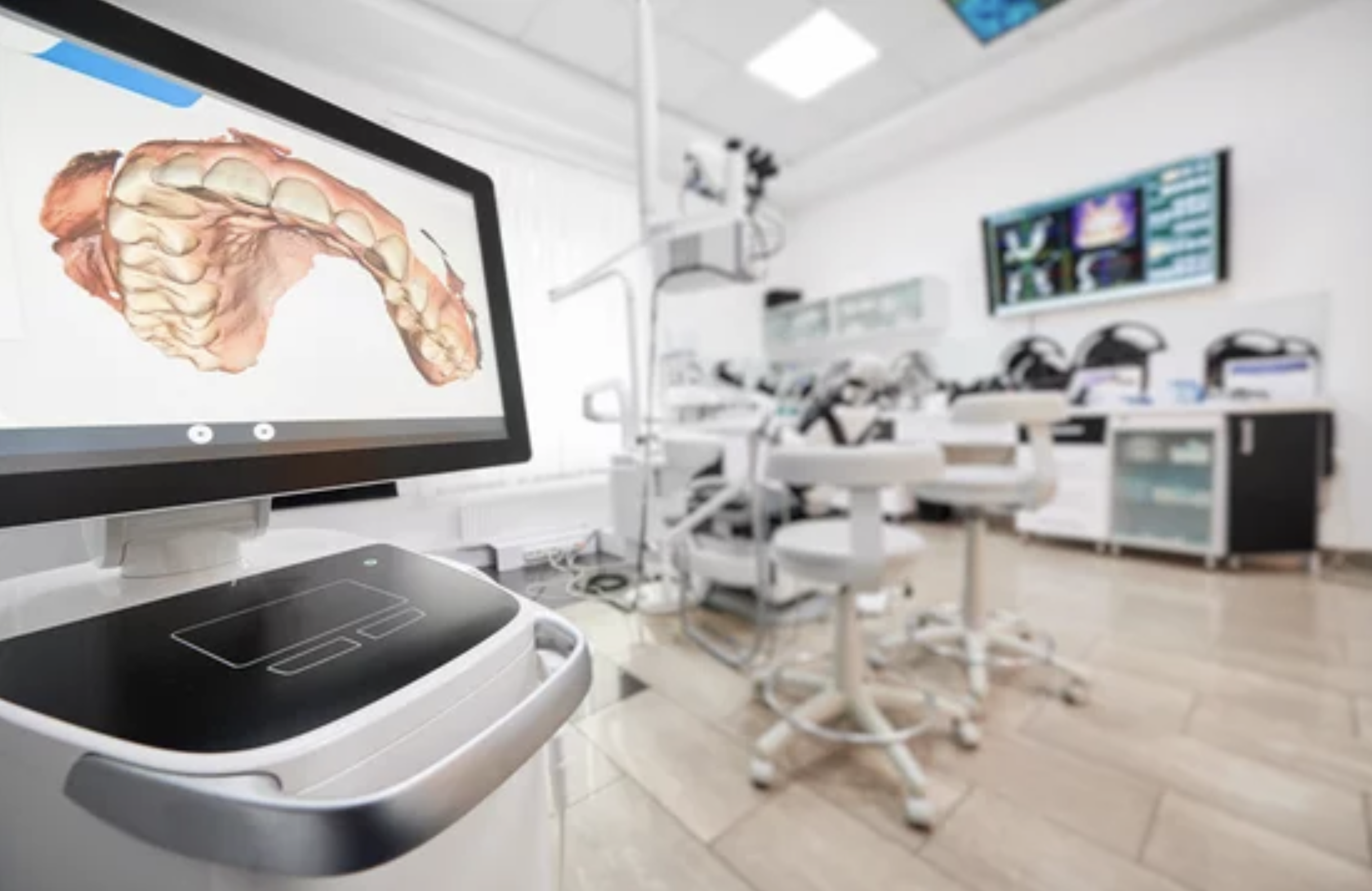

Intraoral scanners create highly precise 3D models of the patient's teeth, which can be used for various purposes, including the fabrication of crowns, bridges, and orthodontic appliances.
Understanding Digital Dentistry
Digital dentistry refers to the use of digital technologies to improve dental procedures and enhance patient outcomes. It encompasses a wide range of tools, techniques, and equipment that aim to streamline various aspects of dental care, from diagnosis and treatment planning to the fabrication of dental restorations.
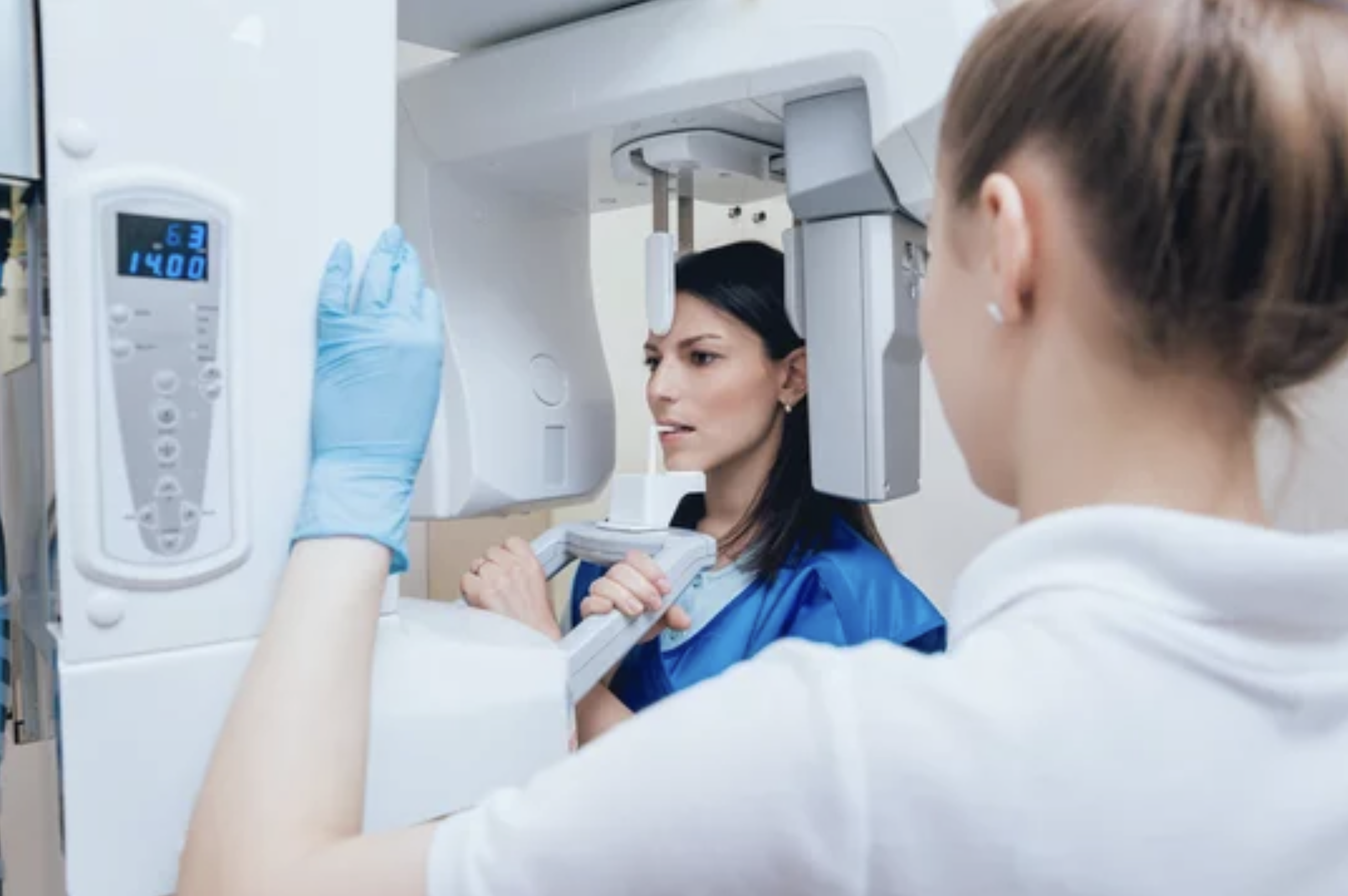
Digital Imaging: Capturing Clearer Pictures
Digital radiography and 3D imaging techniques, such as cone-beam computed tomography (CBCT), enable dentists to capture highly detailed images of teeth, gums, and surrounding structures. These images provide a more accurate diagnosis of dental conditions, allowing for targeted treatment planning.
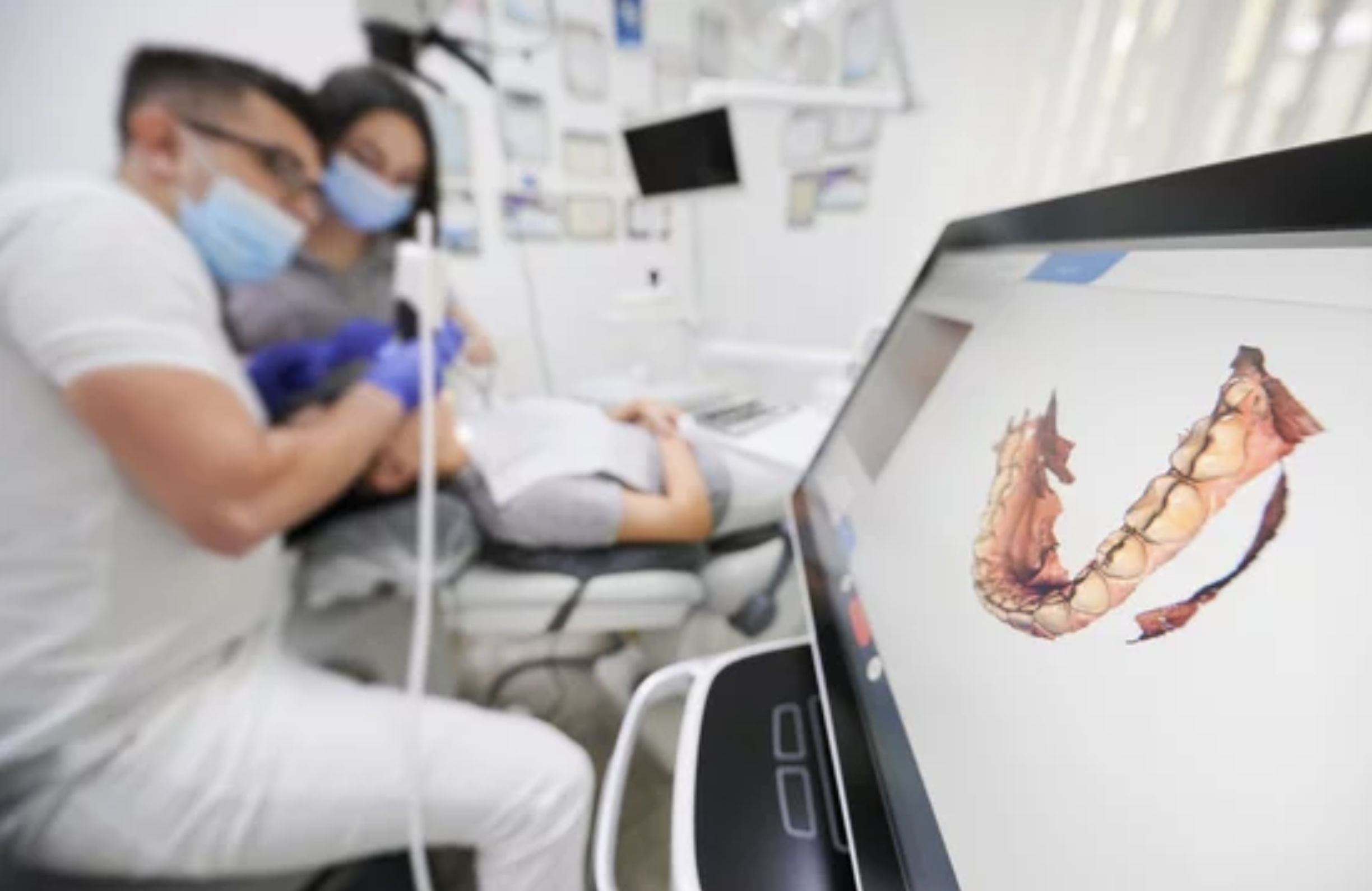
Intraoral Scanners: Say Goodbye to Traditional Impressions
Digital impressions have, in most cases, replaced traditional dental impressions that involve the use of messy impression materials. Intraoral scanners create highly precise 3D models of the patient's teeth, which can be used for various purposes, including the fabrication of crowns, bridges, and orthodontic appliances.
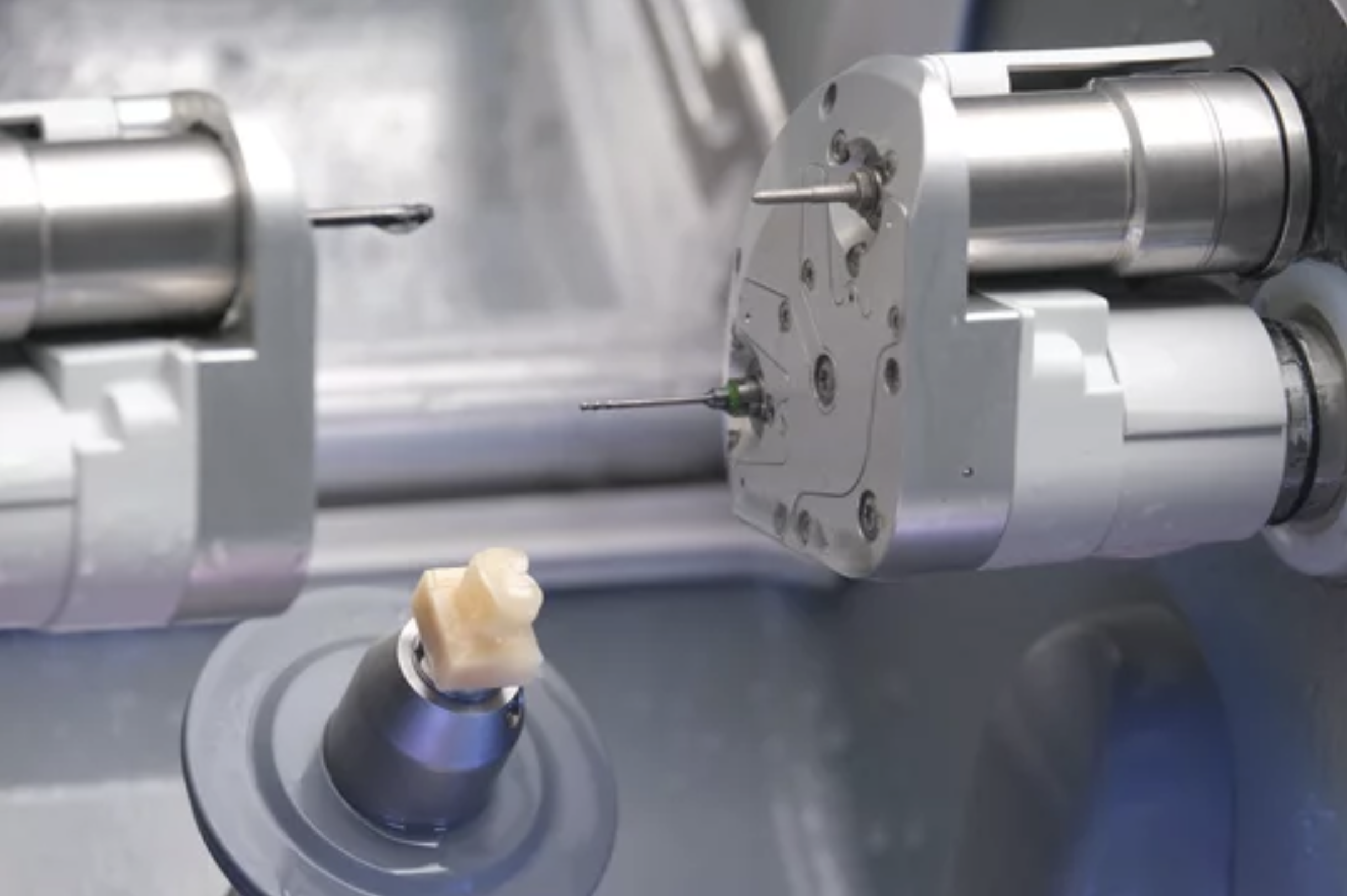
Computer-Aided Design/Computer-Aided Manufacturing (CAD/CAM): Precise and Efficient Restorations
CAD/CAM technology enables dentists to design and fabricate dental restorations, such as crowns, veneers, and bridges, with remarkable precision. Digital impressions are used to create virtual models, which are then sent to a milling machine or a 3D printer to produce the final restoration. This process eliminates the need for messy impressions.
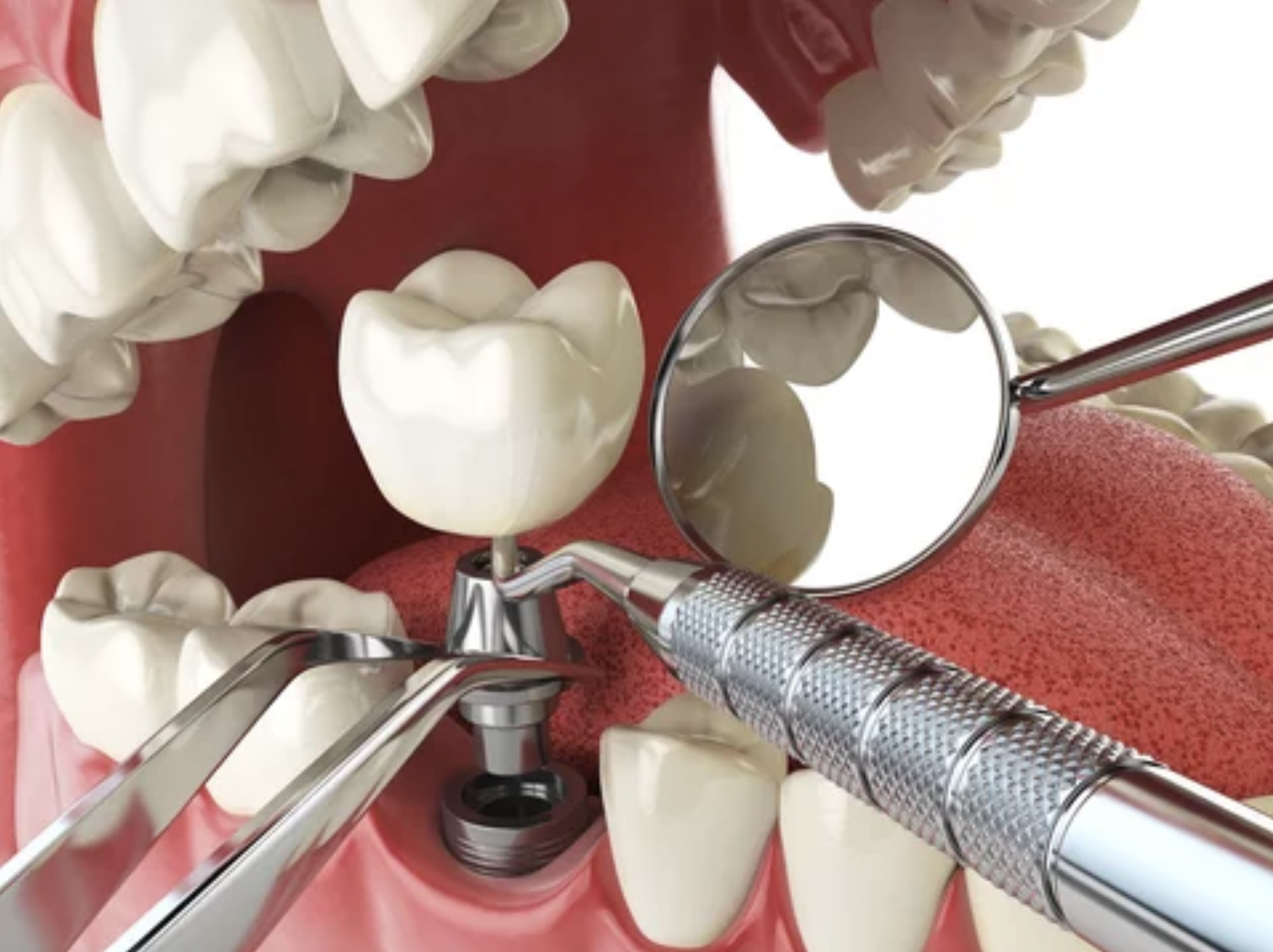
Guided Implant Placement: Enhanced Precision in Dental Implant Surgery
Digital dentistry allows for guided implant placement, where implant surgery is meticulously planned using computer software and 3D imaging. This technique ensures optimal positioning of dental implants, resulting in improved success rates, reduced surgery time, and enhanced patient comfort. Although we do not yet offer implant placement in house, we are happy to refer patients to skilled oral surgeons who utilize digital dentistry for implant placement.

Digital impressions eliminate the need for traditional, messy impression materials.
Benefits of Digital Dentistry
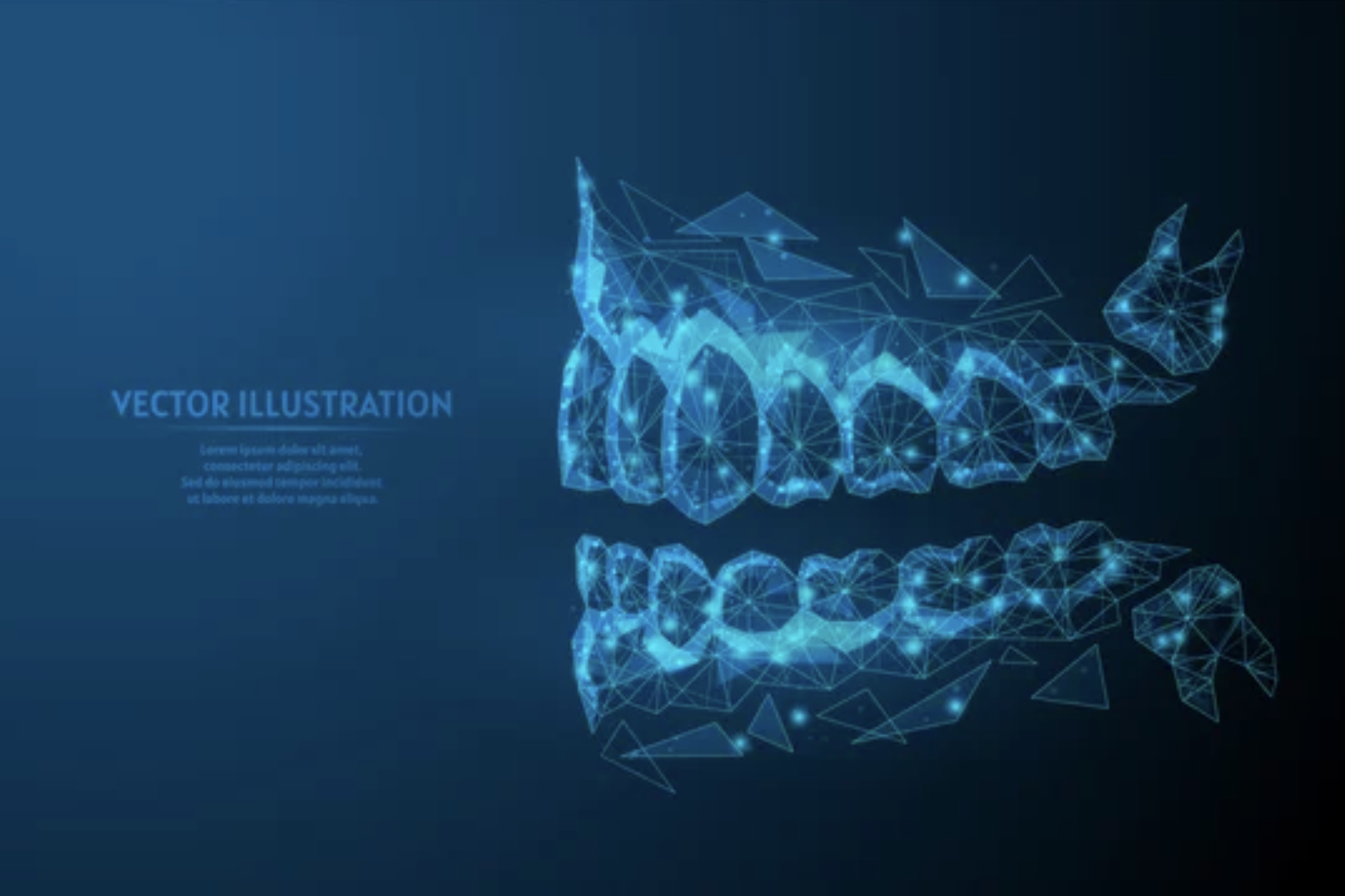
Enhanced Accuracy
Digital technologies offer improved precision in diagnostics, treatment planning, and the fabrication of dental restorations, leading to better treatment outcomes and long-term oral health.
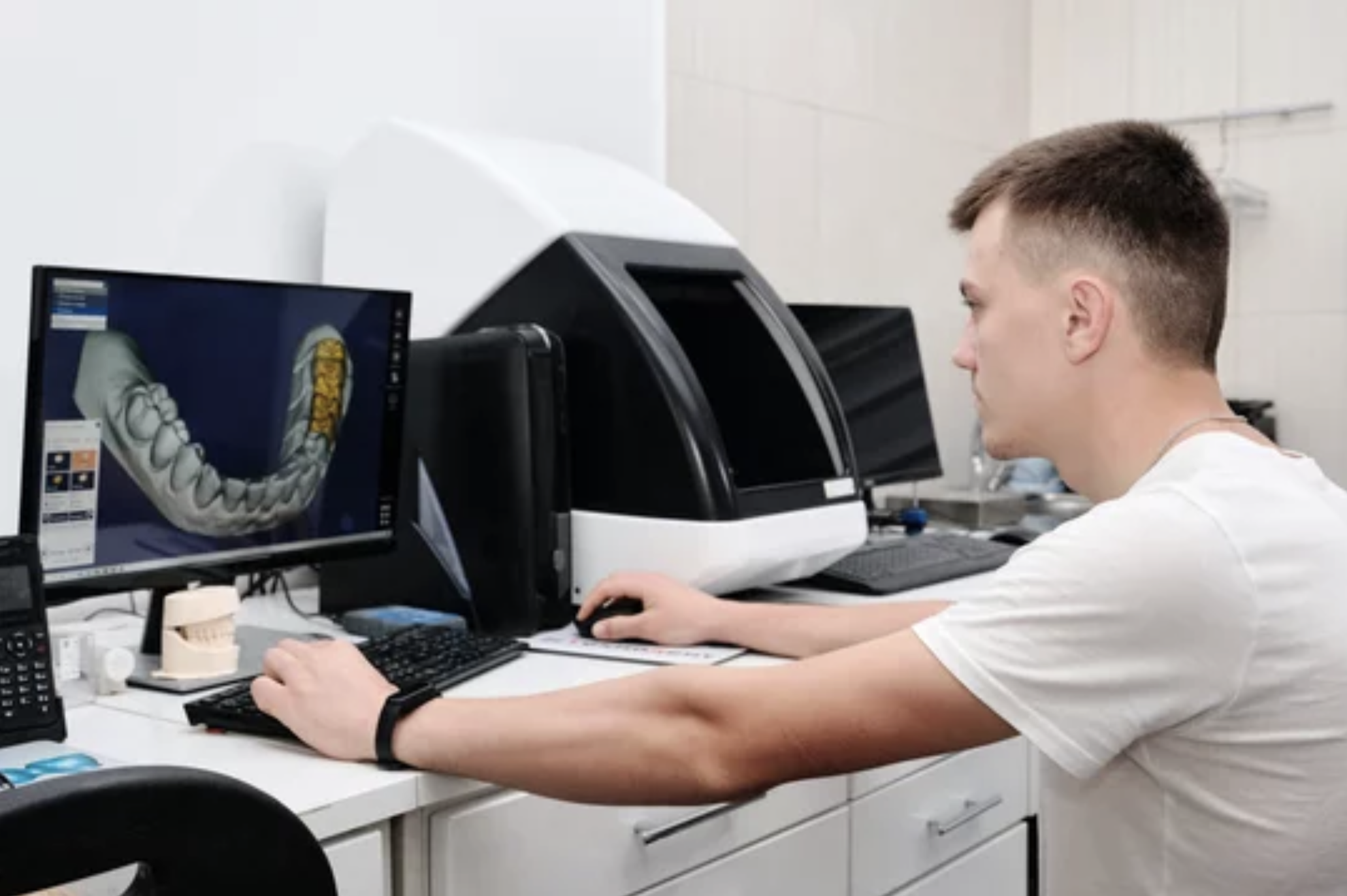
Time Efficiency
Digital dentistry allows for instant transfer of the digital scan to the dental laboratory. This eliminates the need to wait for a physical impression to be shipped. Patients can enjoy reduced waiting times, resulting in a more convenient dental experience.

Patient Engagement
With digital tools, dental conditions, treatment options, and expected outcomes can be visually demonstrated. This empowers patients to actively participate in their treatment decisions.
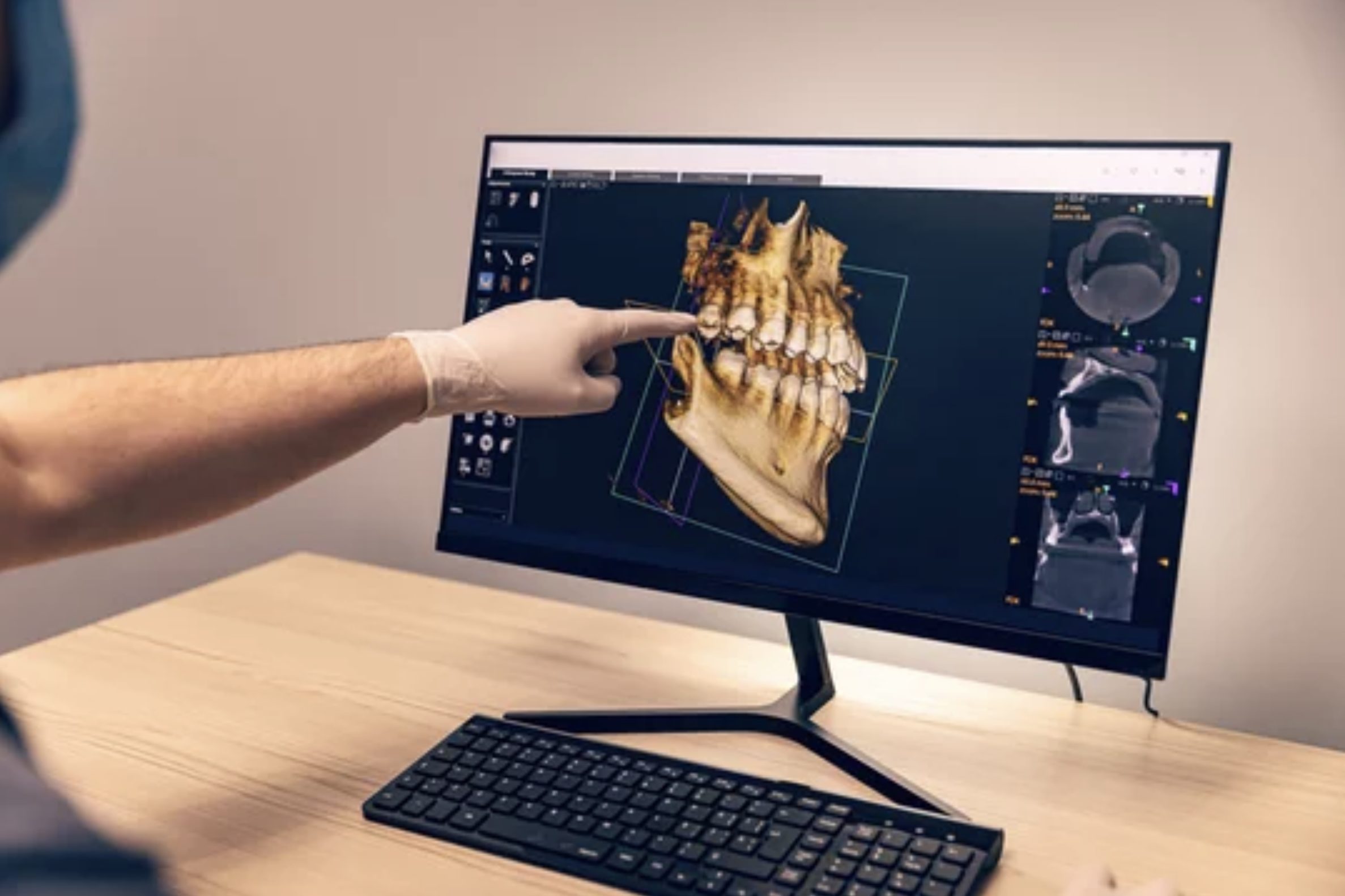
Root Canal Therapy
Digital imaging techniques aid in the diagnosis and treatment planning of root canal procedures. Advanced imaging technology enables dentists to visualize the internal structures of teeth and identify complex root canal anatomy.
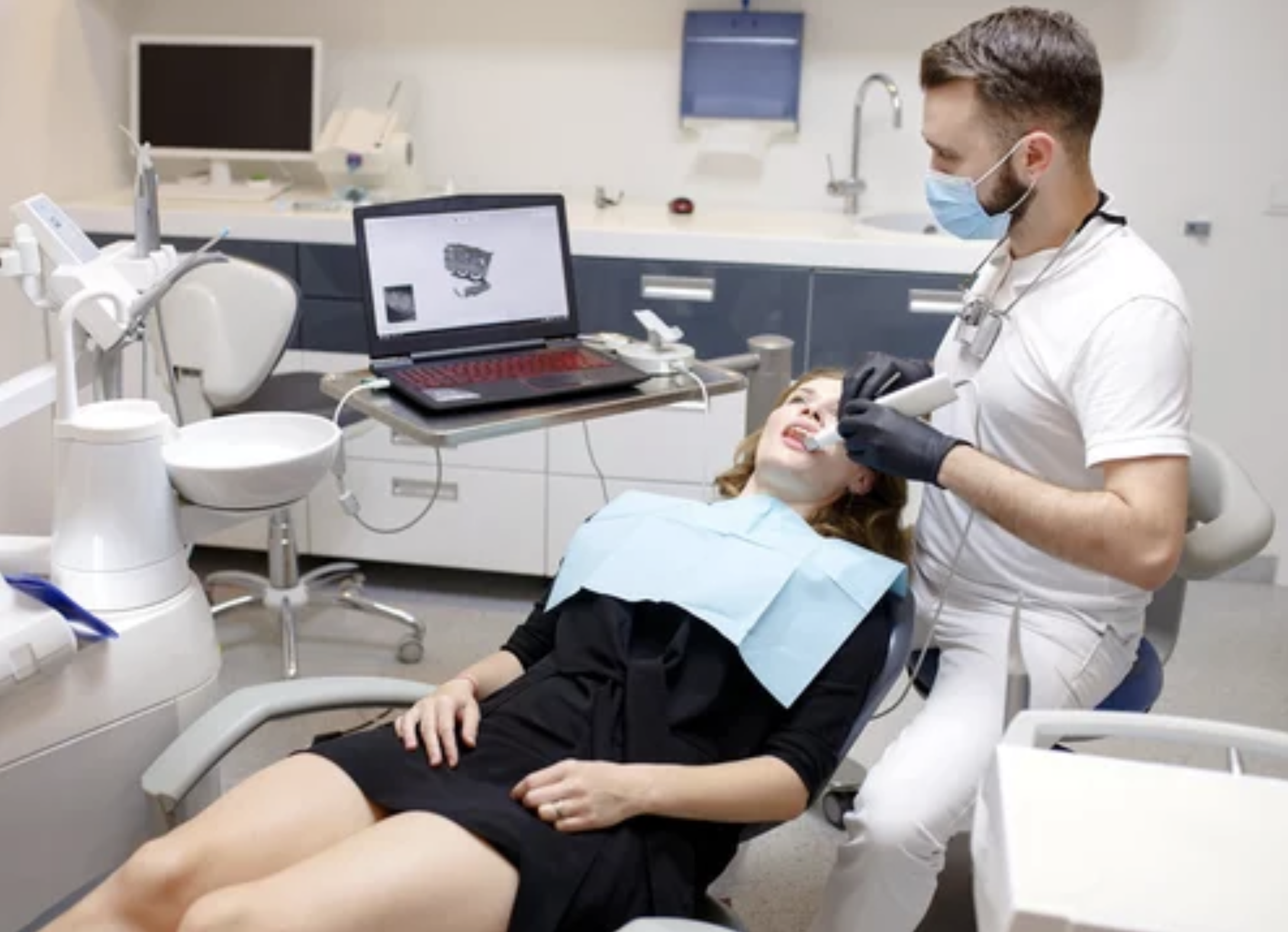
Comfort and Convenience
Digital impressions eliminate the need for traditional, messy impression materials. Instead, intraoral scanners create precise 3D models of your teeth, making the process more comfortable and less invasive.
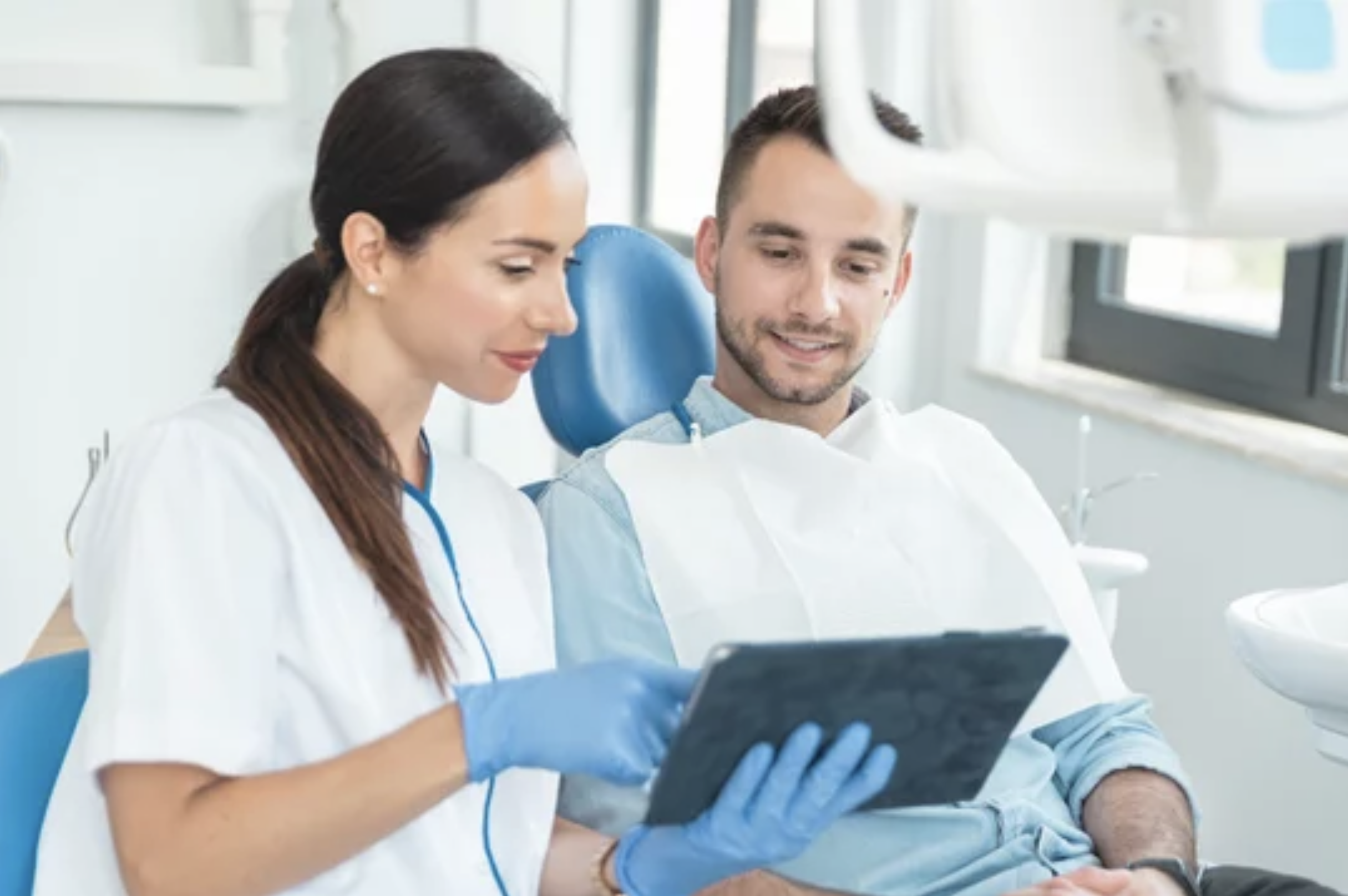
Improved Communication
Digital technologies facilitate seamless communication between dentists, dental laboratories, and other specialists involved in the treatment process. This ensures efficient coordination, resulting in better collaborative care.

Embracing digital dentistry means embracing advancements in technology and new ways of receiving dental care.
During your dental visit, inquire about the digital tools and techniques available in our practice. Understanding how digital dentistry can enhance your treatment experience will help you make informed decisions regarding your oral health.
Take advantage of the educational resources we provide, such as videos and demonstrations. These help you understand the benefits and processes involved in digital dentistry. Embracing digital dentistry means embracing advancements in technology and new ways of receiving dental care. Be open to exploring the possibilities and advantages that digital dentistry offers for your oral health.
Incorporating Digital Dentistry
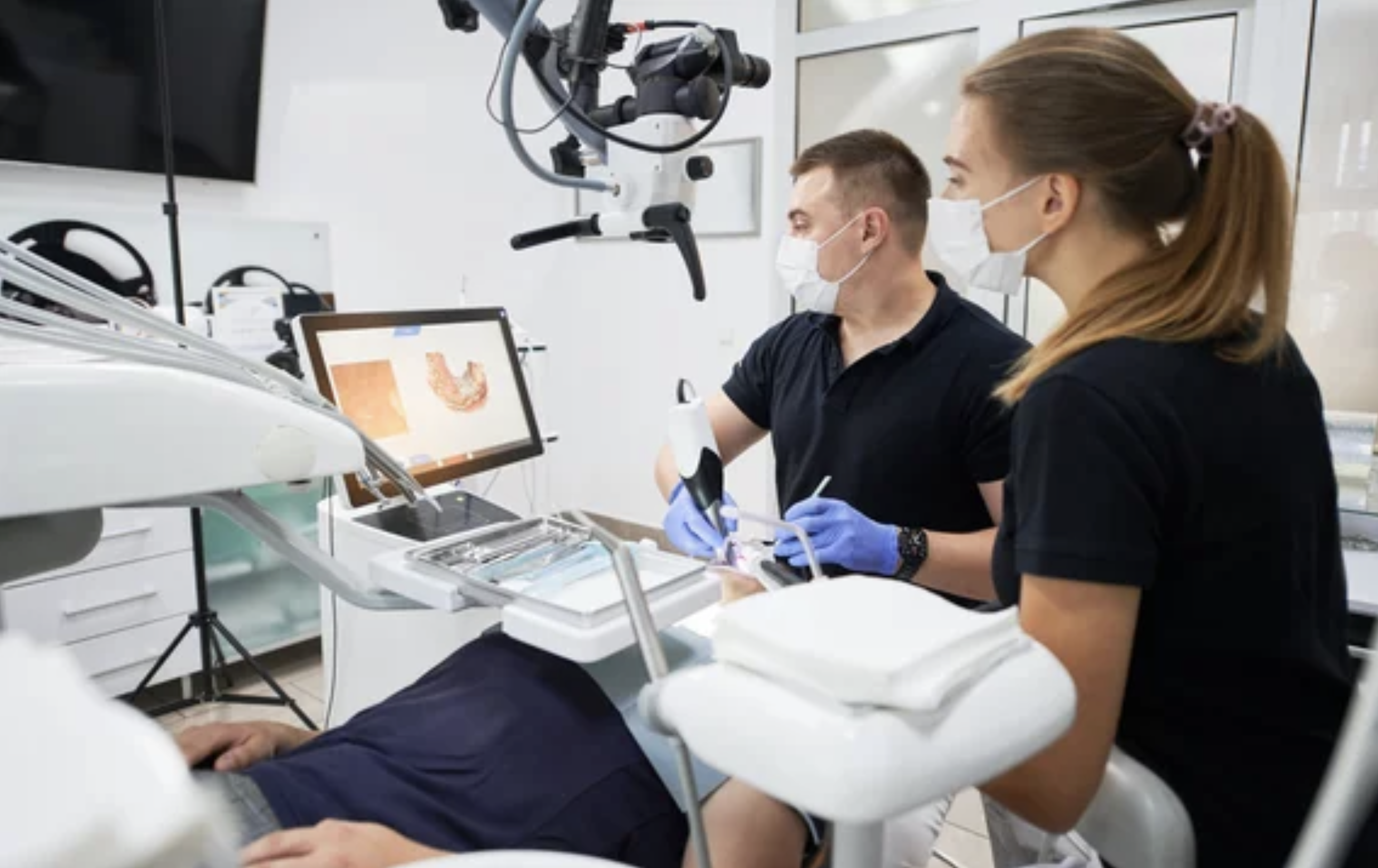
Summary
Digital dentistry represents a significant leap forward in dental care, improving diagnostics, treatment planning, and overall patient experience. By embracing digital technologies, patients can benefit from enhanced accuracy, time efficiency, and improved communication between dental professionals. It is essential for patients to understand the potential of digital dentistry and actively seek out dental practitioners who utilize these advancements. By doing so, patients can experience the numerous advantages offered by digital dentistry and take control of their oral health journey in the modern age.













